I’ve not been out much over the summer, with a trip up to St. Andrews and a couple of excursions from Dunbar.
Haar
No-one likes it, but haar is a fact of life for anyone boating on the east coast. It wasn’t too bad though, and you could still make out a horizon when headed out just after six in the morning. Two miles out, and a dozen mackerel later, and visibility disappeared.

Maybe 30-50 metres at best, and as thick as I’ve seen it. Not good, so I edged my way down to an inshore mark and stuck it out for the rest of the morning.
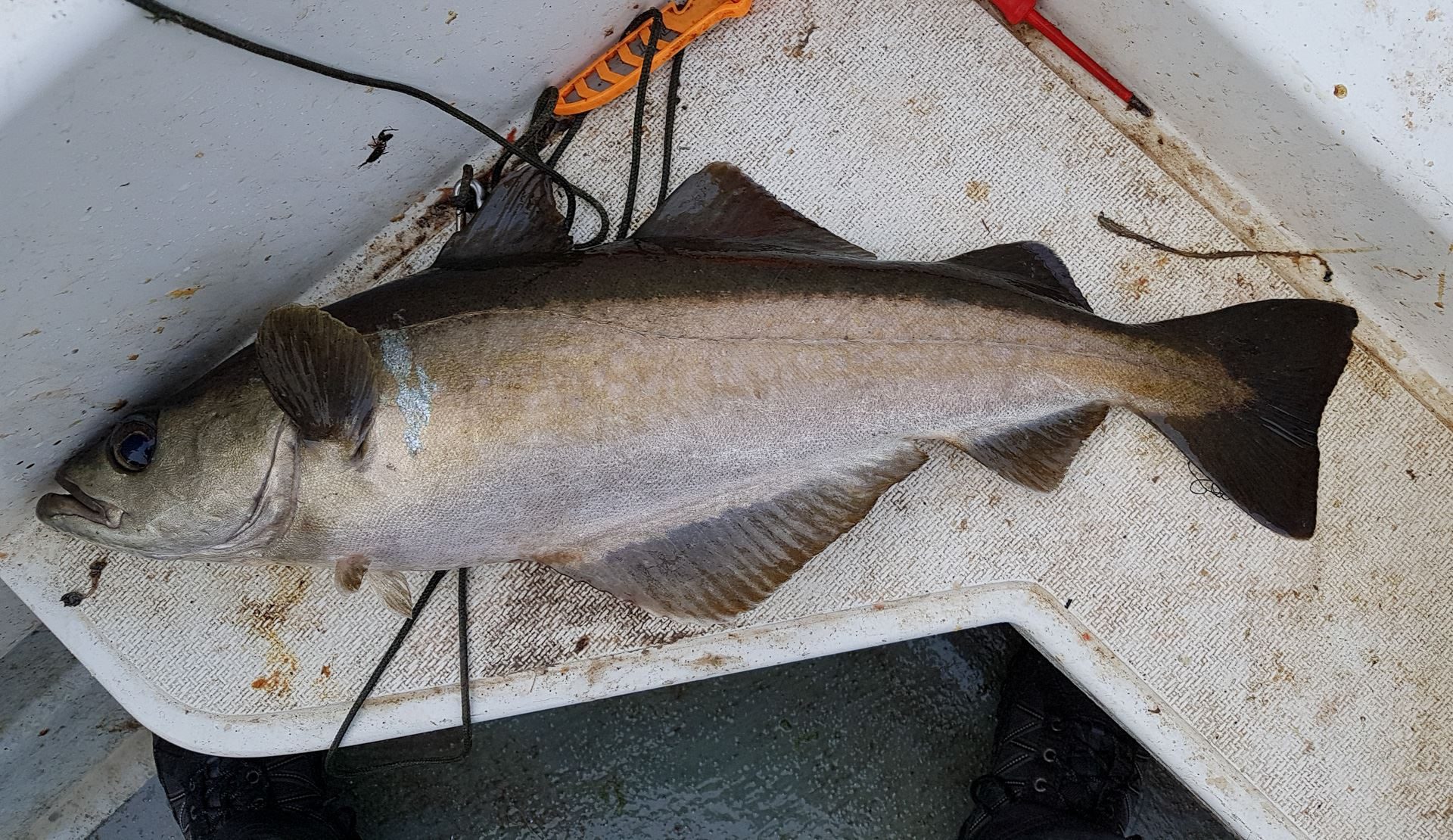
There were a few fish going about, and I’d cod, ling and pollack to supplement my mackerel. However, the tide was small and drift non-existent, so it was hard going.
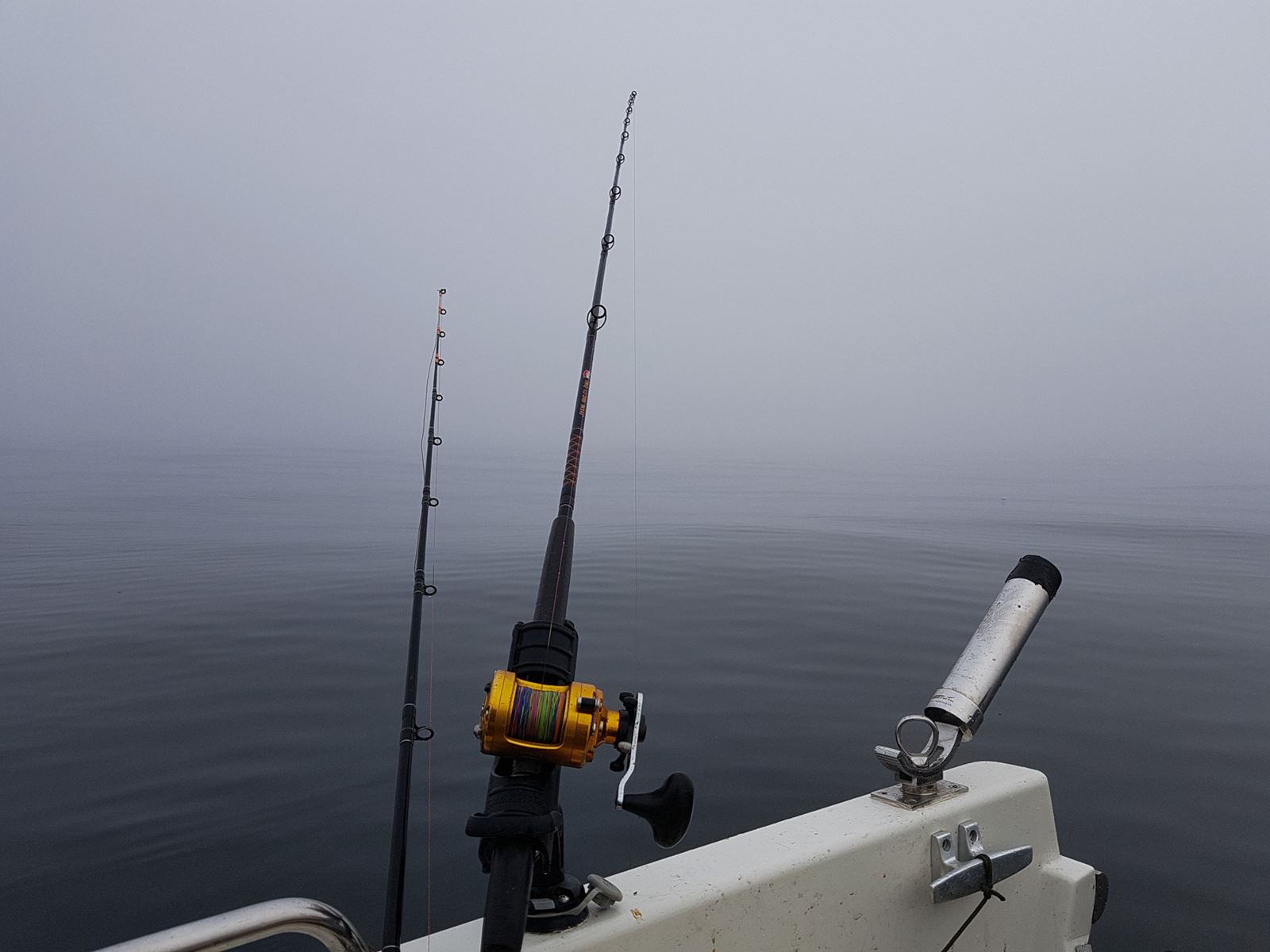
Hearing other boats moving around, and the thump of lobster creels hitting the decks close by, meant that it was a fairly nervous session. Fortunately only one boat emerged out the haar and she was going slowly so we avoided each other without any drama.
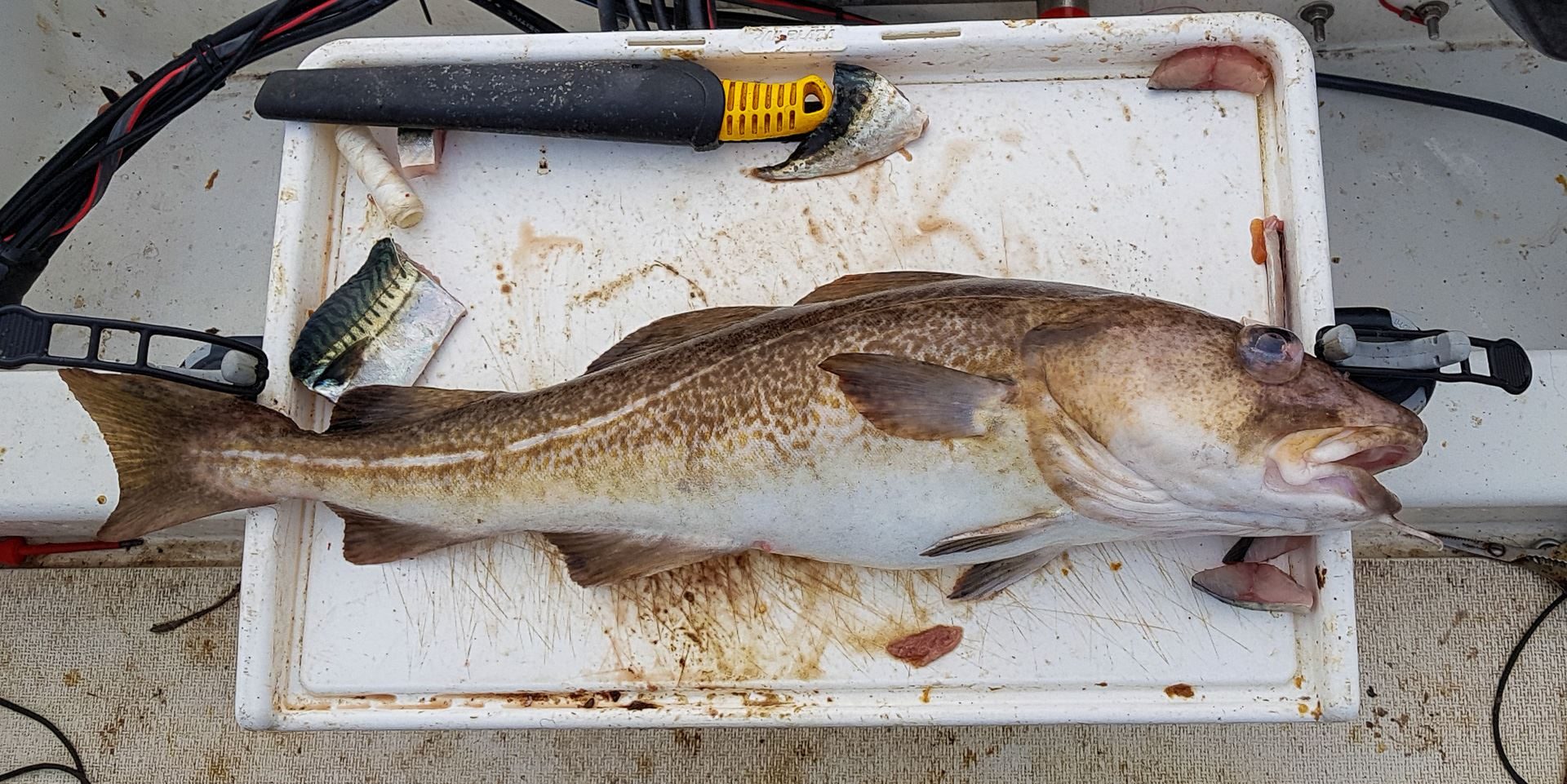
I wasn’t really sorry to head back in – although the sun was now rapidly clearing away the haar and the horizon was visible again by the time I arrived back at the harbour.
Fishless Wrecks
Every now and again I let heart rule head, and set up for a day trying the many wrecks that litter the seabed of the Firth of Forth. Other than one or two piles of scrap close inshore I’ve never had a successful trip doing this, although it’s always a buzz to see a wreck materialise on the sonar.
It was a fine morning as I drove along to Dunbar, with little wind and small tides forecast, so it was as good a set of conditions as I’m ever likely to get. No sign of haar, unlike my earlier trip.

Edging out of the harbour just as the sun rose, I encountered a reasonable NE swell, which would add to the fun of fishing a snaggy wreck but otherwise wasn’t an issue.
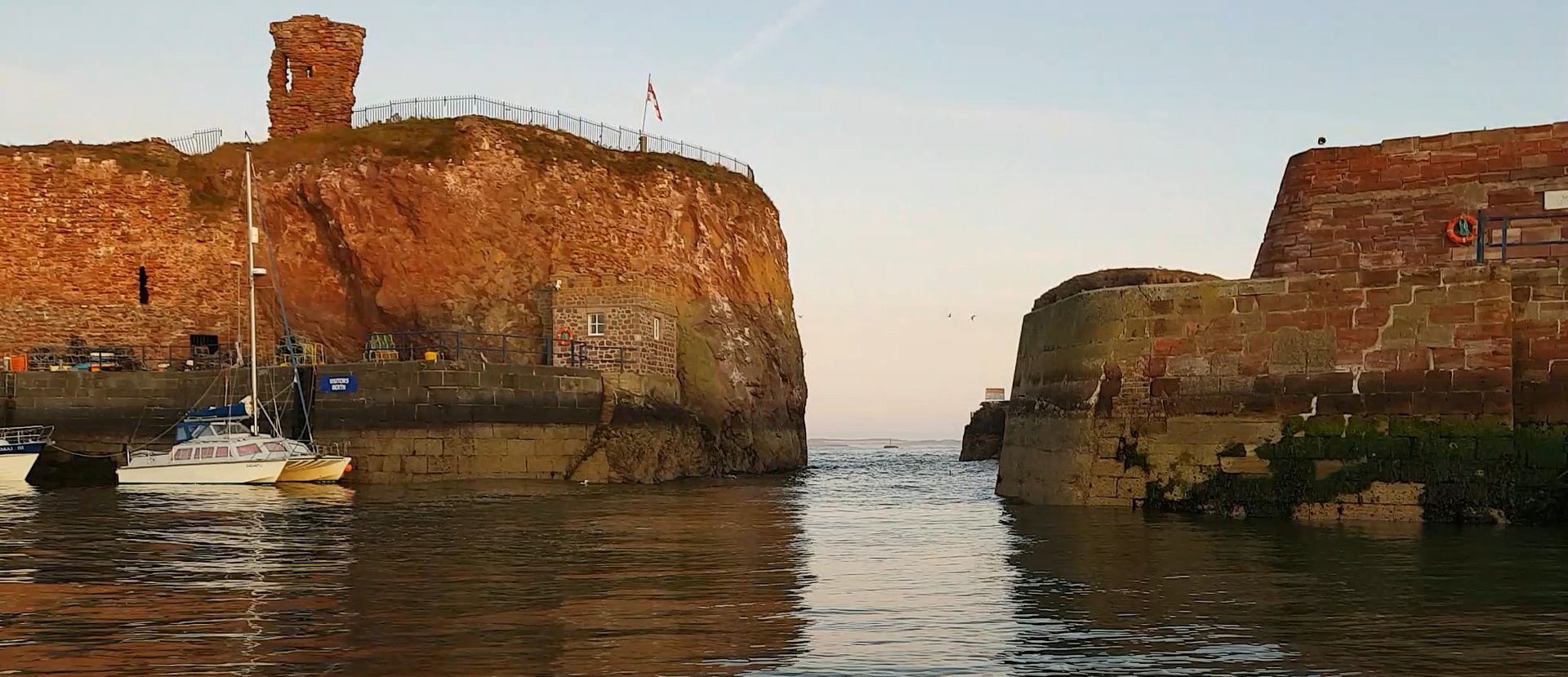
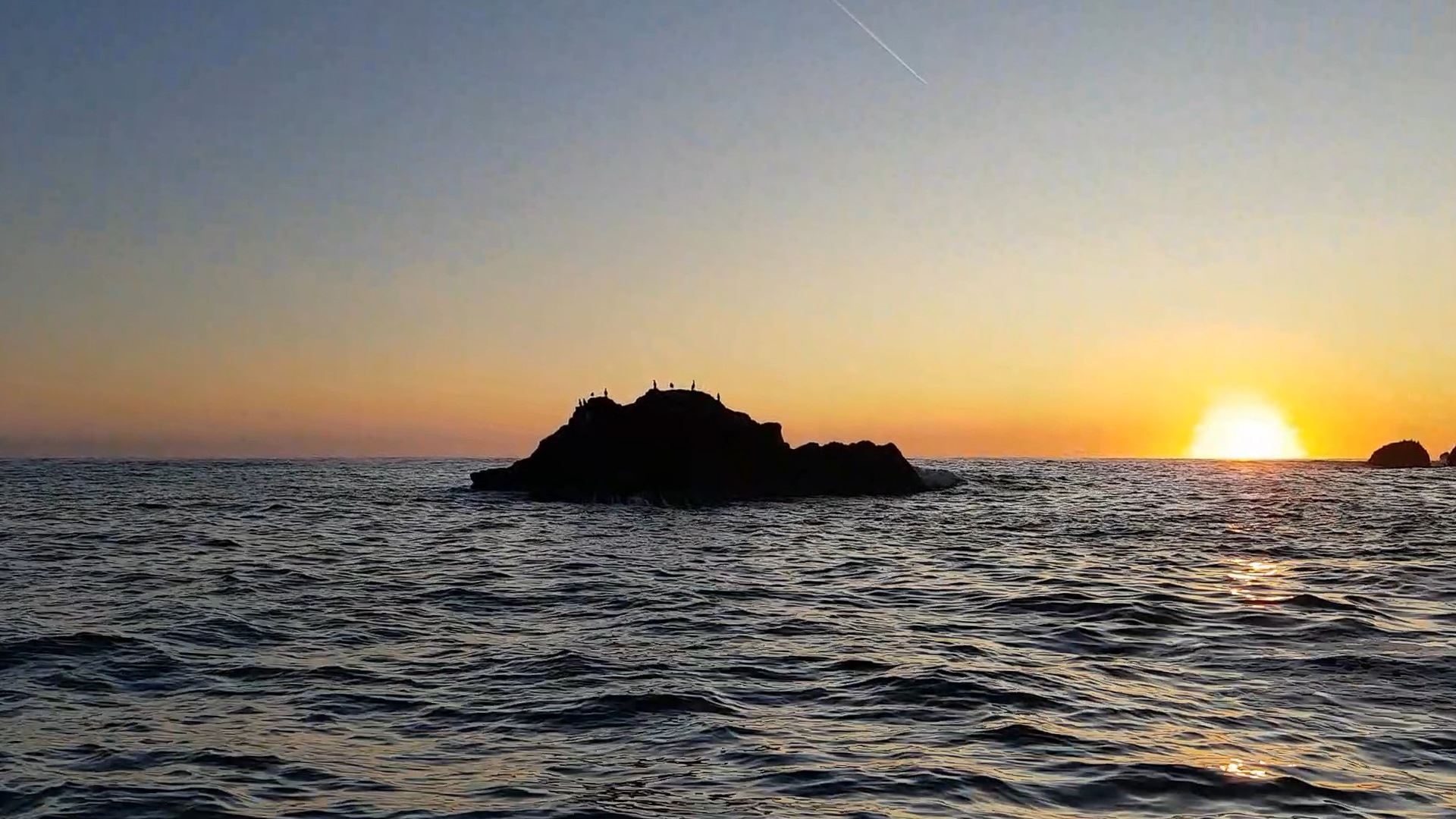
I spent the next few hours working round in a large semi-circle about 7-10 miles out. A variety of WW1 and WW2 merchant ships and a U-boat all duly appeared on the sounder, in depths of 130-210 feet. A few drifts on each with bait and lures – and leaving some gear behind on most of them. Total catch zero, except on my reliable inshore friend which threw up a couple of pollack
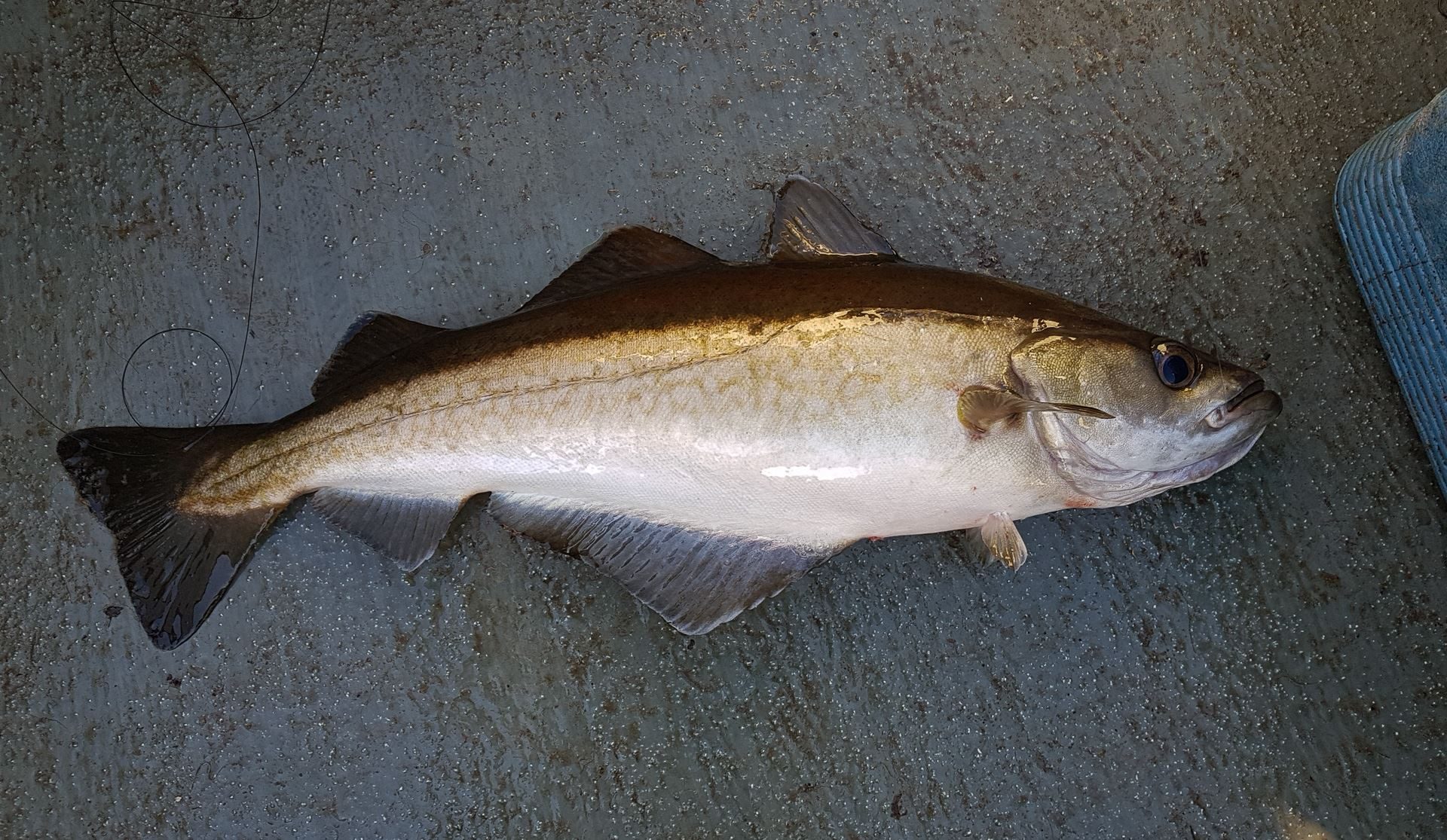
I did get a partial success, but on an offshore reef rather than a wreck. It’s been a few years since I was last here, but there were plenty mackerel for the bait freezer and a little codling. Species of the day was this little Redfish (or Norway Haddock, I’m never 100% sure), which seem to inhabit this particular mark. Certainly, it’s the only place near here that I’ve encountered them.

So, a top up for winter bait and a bonus species, but otherwise a fairly predictable disappointment. Enough to cure me of wreck fishing for a season or two, probably.
Share this: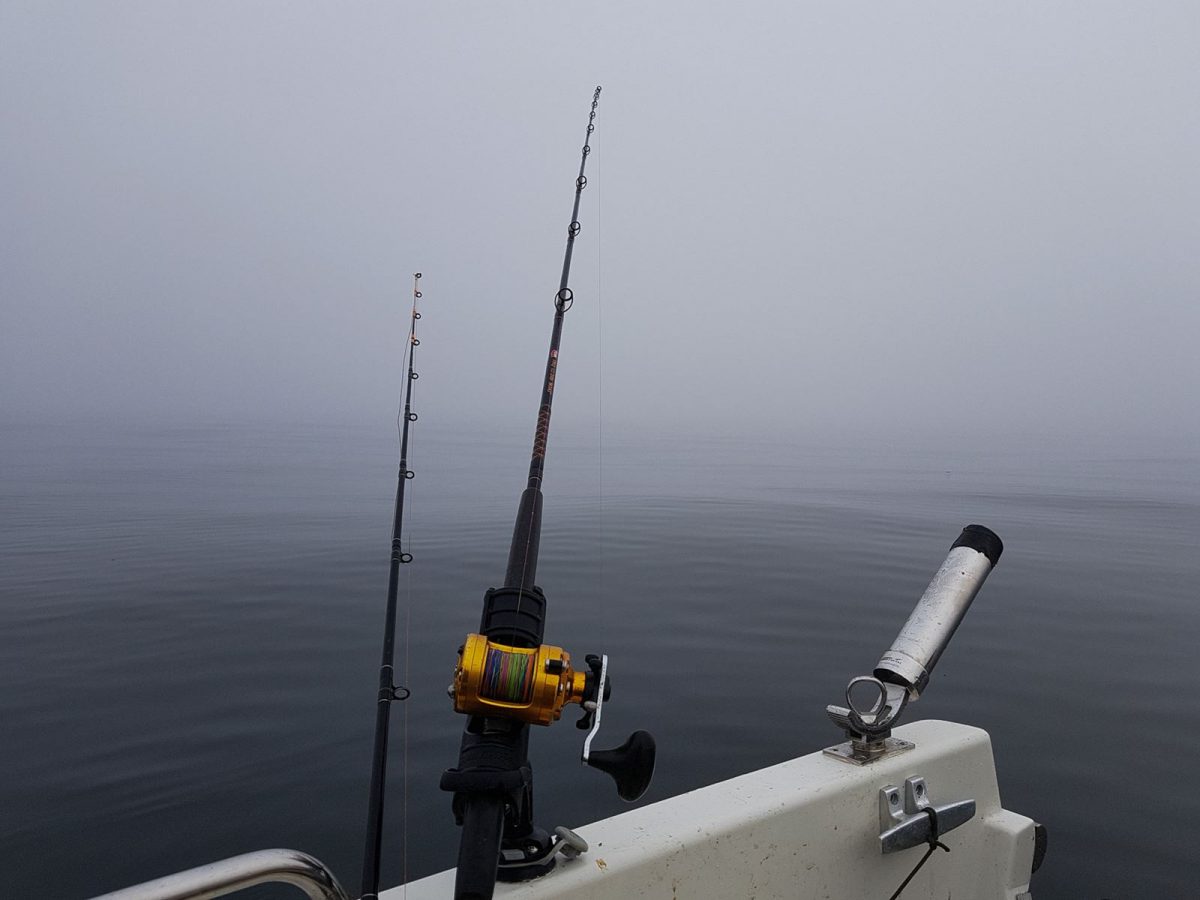
Hi, I’m taking a mooring at Dunbar this year. Just wondering if you could share some intel, or even if you fancy coming out with me for a session. Happy to trade some of your knowledge for my petrol 🙂
Looking forward to getting my boat in the water…
Hi John,
I wouldn’t be in a rush to get out of Dunbar, as the fish don’t generally appear in numbers until maybe mid-May. There will still be the odd fish about, but it can be hard going just now. I don’t fish Dunbar that much nowadays but there are still good pollack and ling about, although codling above 5lb are definitely getting rarer.
Normally I fish east of the harbour, usually between Barns Ness and Torness, and usually within a few hundred metres of the shoreline. You’re looking for broken ground and I find fish concentrate around the little 1-2 metre drop-offs that are quite common here. They move around, so once you find a few fish be prepared to retry the same small area. I sometimes drop a grapnel over and fish to anchor – just fish until things go quiet. I’ll also head down towards St. Abbs at times but it can be a little hit or miss.
I’ve had the odd decent fish of the wrecks, but don’t generally find much out there. The River Garry wreck inshore off Barns Ness can be good at times, but its well known and heavily fished – just google the coordinates. The reefs I fish offshore are now charted as about 8 miles ENE of Dunbar, but really hold very little beyond the occasional novelty Norway Haddock. Possibly an interesting area to try for porbeagles though.
Tactics – lead head and jellies or a shad will do well for cod and pollack. Usual baited muppet rig for ling and codling (big fillet of mackerel hard on the bottom attracts better ling). 4 inch long x quarter to half inch wide mackerel belly fillet will do well for cod and pollack, fished 5-20 feet off the bottom on a longish trace behind a 1-1.5 oz bullet – I usually let it fish by itself as the sea gives it enough movement. Mackerel is my standard bait, but worms will do well and pick up wrasse and other species too.